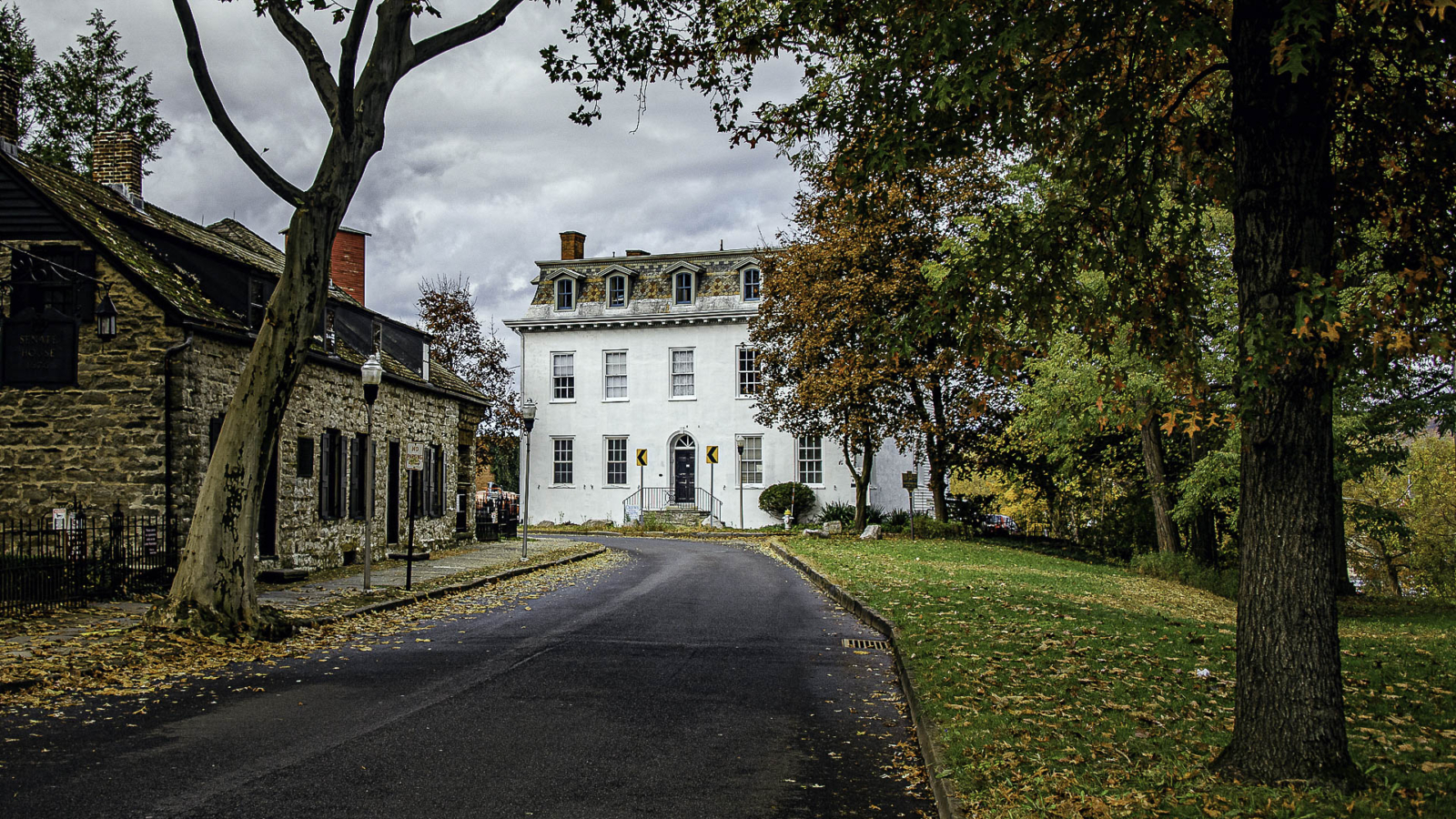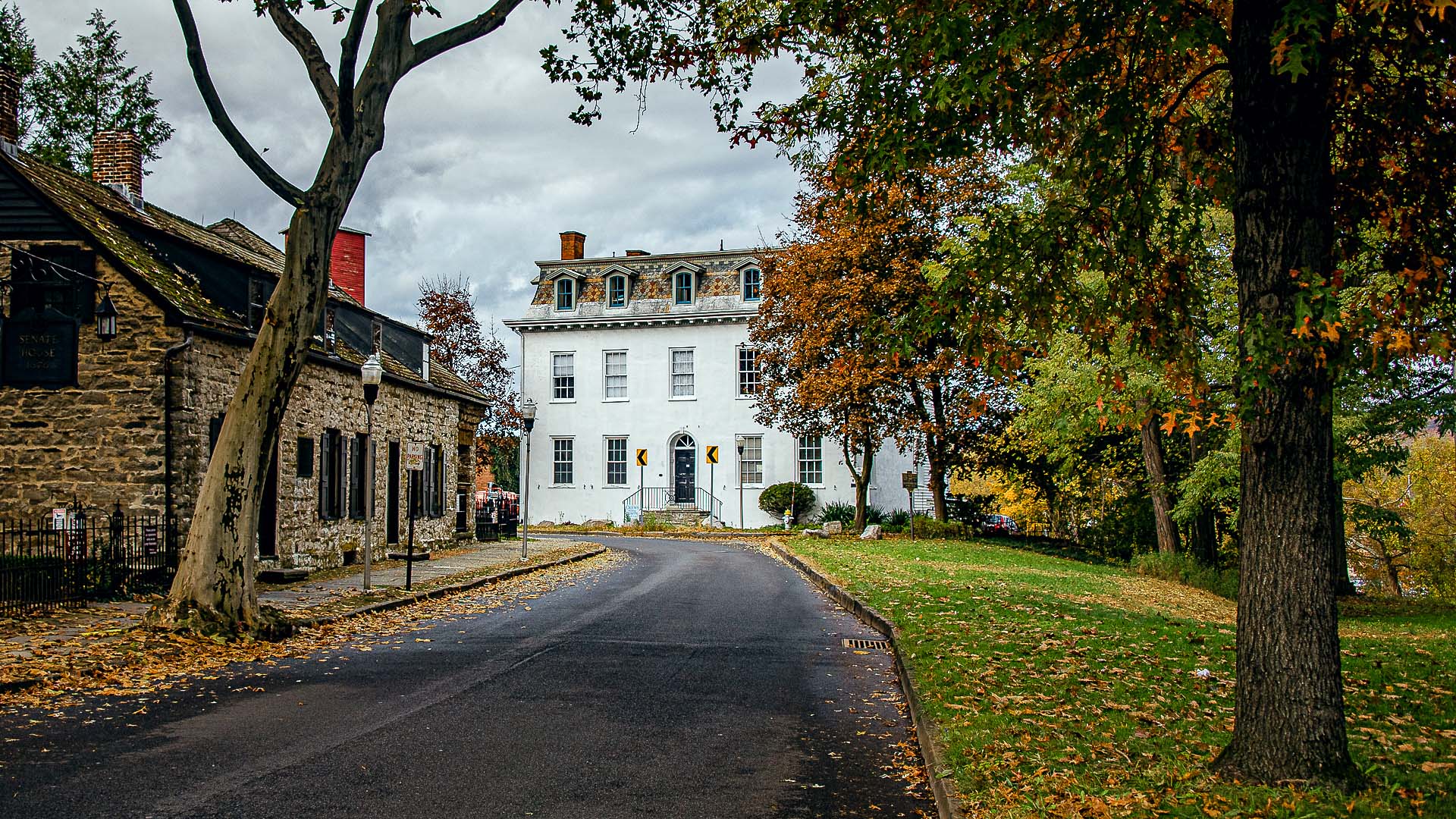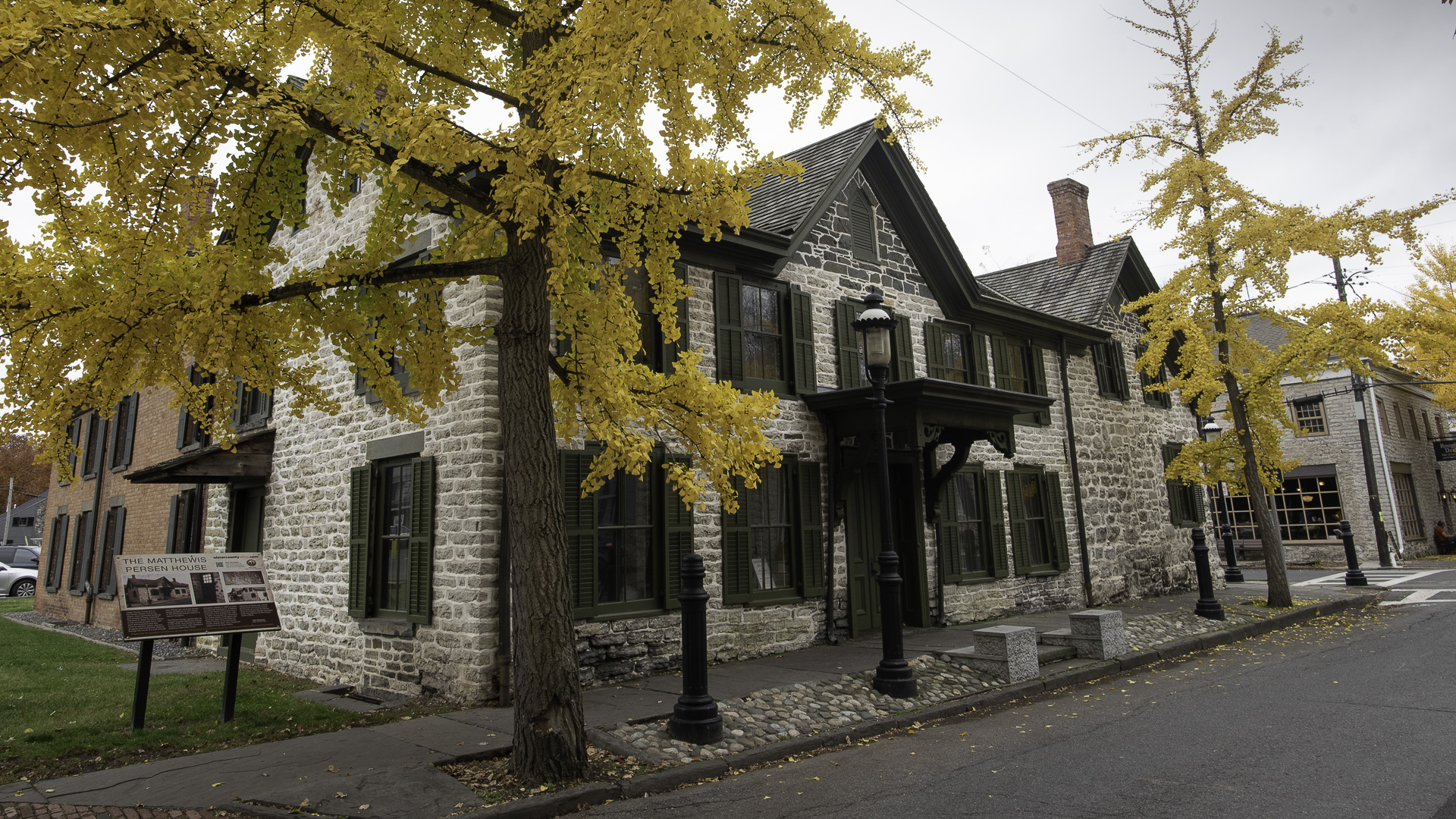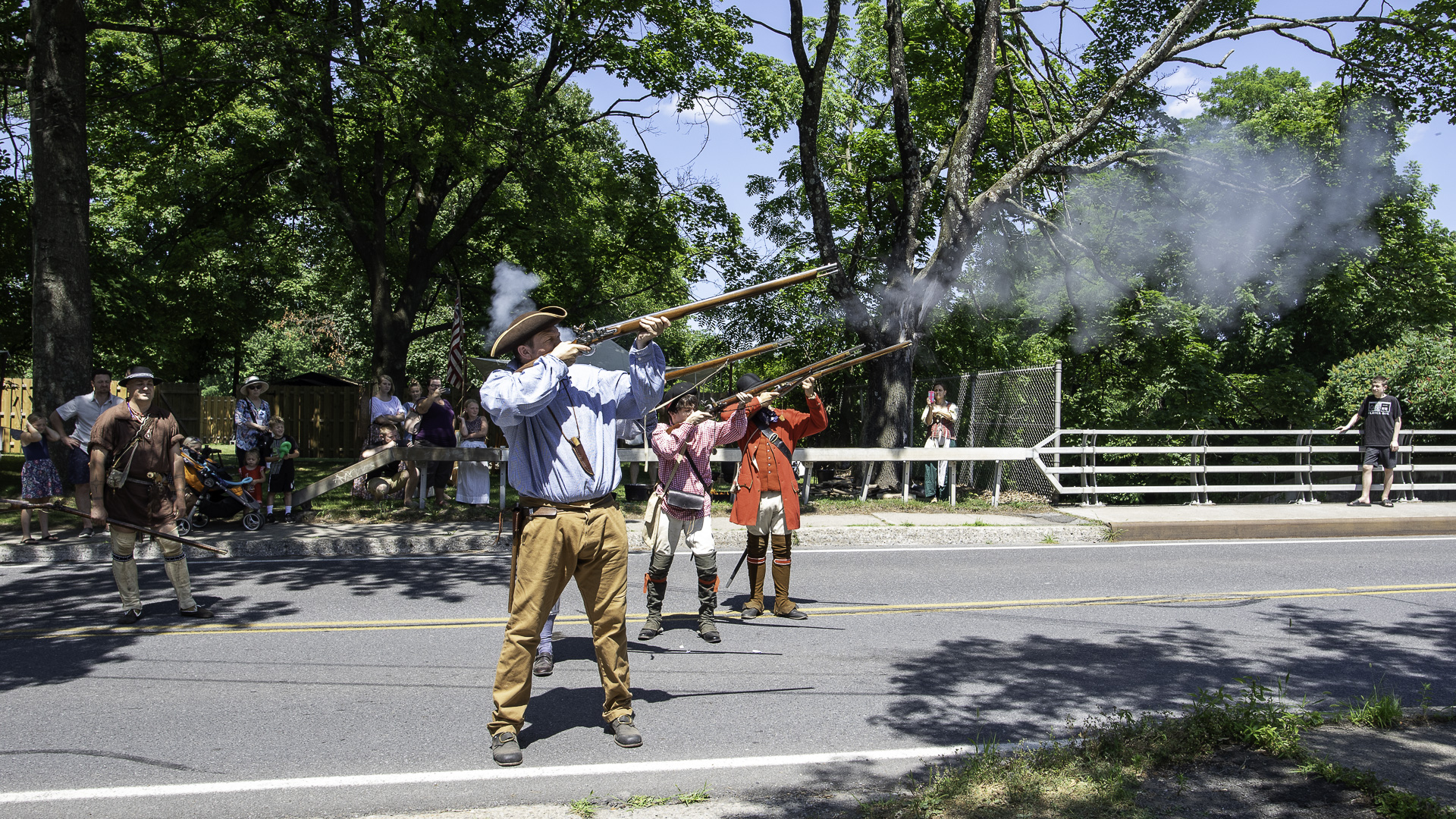Kingston, NY: A Legacy of Industry
Kingston, NY, stands as a testament to the transformative power of the Industrial Revolution. Nestled along the Hudson River, Kingston’s strategic location, coupled with its rich deposits of natural resources like limestone and cement, positioned it as a linchpin in the industrial era.
As the 19th century dawned, Kingston’s shipyards buzzed with activity. These yards crafted an array of vessels, from merchant ships and formidable warships to the iconic steamboats that would become synonymous with the Hudson. Beyond shipbuilding, Kingston’s industrial prowess extended to flour milling, tanning, and brickmaking, each contributing to the city’s burgeoning reputation as an industrial powerhouse.
The 1828 inauguration of the Delaware and Hudson Canal was a game-changer. This canal, linking Kingston to Pennsylvania’s coal-rich regions, catalyzed the growth of Kingston’s iron and steel sectors, further solidifying its industrial prominence.
By the late 19th century, Kingston had carved a niche for itself in cement manufacturing. Its abundant limestone deposits were a boon for cement production, and the Hudson River facilitated seamless transportation of the finished product.
However, the industrial boon was a double-edged sword. While Kingston’s economy and population surged, the city grappled with the darker facets of industrialization: pollution and environmental degradation. The once-pristine landscapes bore the brunt of relentless industrial activity.
Today, Kingston wears its history with pride. The Stockade District, a National Historic District, stands as a silent witness to the city’s storied past. Modern Kingston is a cultural hub, boasting museums, art galleries, and theaters that celebrate its rich heritage.
Kingston’s Industrial Pillars:
- Bluestone mining: The Kingston Area was once the nation’s largest supplier.
- Shipbuilding: Crafting vessels that sailed both domestic and international waters.
- Brickmaking: Building blocks for the city’s infrastructure.
- Cement: Harnessing the city’s limestone deposits for construction.
Kingston’s journey through the Industrial Revolution is a tale of growth, innovation, challenges, and resilience. While the city reaped the economic benefits of industrialization, it also faced its environmental consequences. Today, as Kingston thrives and evolves, it remains a beacon of history, culture, and industrial legacy in the Hudson Valley.
Articles About History of the Kingston Area








Hurley Heritage Society Museum Hosts Opening Reception for New Exhibit
/in Featured, History, News /byStep Back in Time: Explore Historic Reher’s Bakery!
/in Featured, History, News /byGet ready to journey into Kingston’s past! Starting April 19th, the Reher Center for Immigrant Culture and History is kicking off a new season of fascinating historic tours through their preserved early 20th-century bakery. For nearly a century, the Reher family, Jewish immigrants, ran this very spot, serving up deliciousness to the working-class, immigrant community […]
New Executive Director at The Reher Center: Kira Manso Brown
/in Featured, History, News /byThe Reher Center for Immigrant Culture and History has recently announced Kira Manso Brown as its new Executive Director. In this role, Manso Brown will lead the organization in preserving and interpreting its historic bakery site in Kingston, while driving the strategic vision for the Reher Center’s programs, partnerships, and community engagement. “I am honored […]